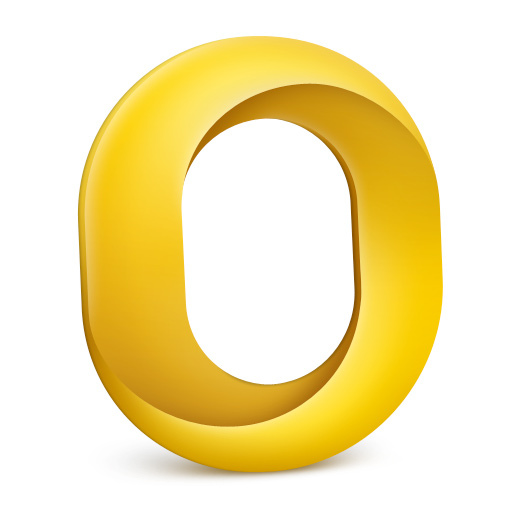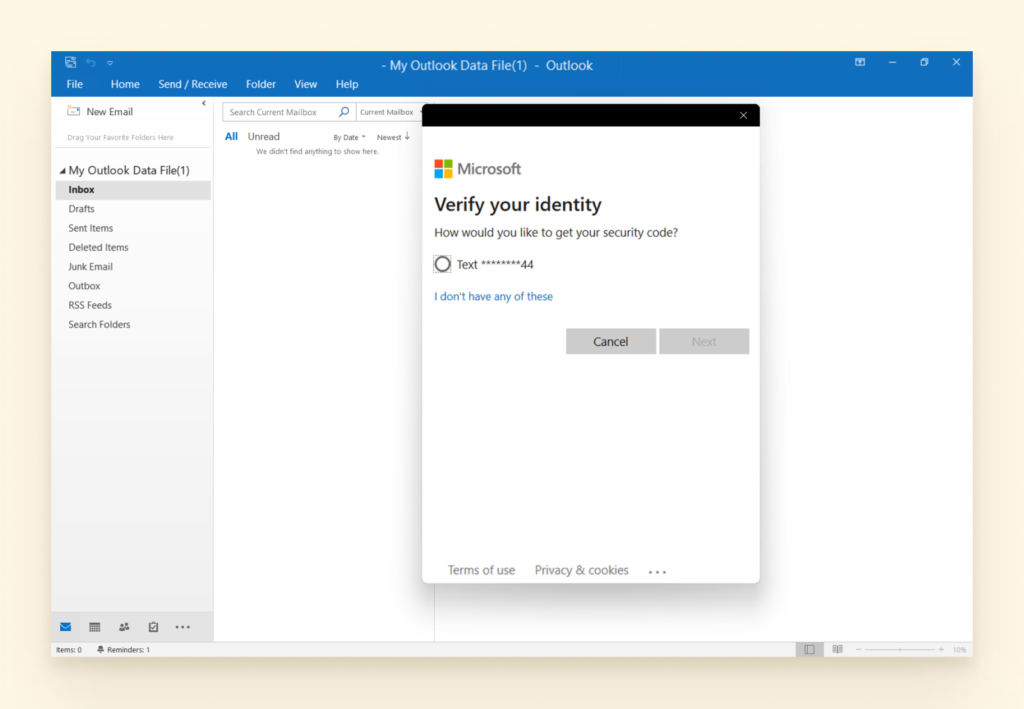
- #OUTLOOK 2011 IDENTITY LOCATION HOW TO#
- #OUTLOOK 2011 IDENTITY LOCATION FOR MAC#
- #OUTLOOK 2011 IDENTITY LOCATION UPDATE#
- #OUTLOOK 2011 IDENTITY LOCATION MANUAL#
An OLK file further categorized into various components and all of them are saved with different extensions of OLK. Well, there are not only one or two but multiple OLK files generated by Mac Outlook. This specific folder comprises every information about user’s Outlook activities and inside this, there will be one folder for every single identity.
#OUTLOOK 2011 IDENTITY LOCATION FOR MAC#
The Outlook for Mac stores OLK files in a special folder within the Mac OS X folder known as Office 2011 Identities.
#OUTLOOK 2011 IDENTITY LOCATION HOW TO#
Find here the ultimate solution for how to export Mac Outlook 2016 calendar without Outlook. These files belong to multiple components of a profile and are not circumscribed to just save a temporary replica of messages. olk extension files are utilized to individually maintain the data of a respective Outlook profile. When a user works in Outlook for Mac 2011/ 2016, the application generates an Outlook database file (OLK) on the local computer. In that case, it is recommended to recreate your mail profile.Published: T11:58:23+05:30 | MS Outlook | 3 Minutes Reading

#OUTLOOK 2011 IDENTITY LOCATION MANUAL#
If you are still having issues with your OAB afterwards or if the files aren’t being recreated after a manual update, it is very likely that your OAB issues are rooted deeper in your mail profile. If you are still using Outlook 2002/XP or earlier, the file names are not prefixed with a “u” as the OAB files are stored in ANSI format. Note: The “u” in front of each file name stands for “Unicode”.
#OUTLOOK 2011 IDENTITY LOCATION UPDATE#
There are 6 of them:Īfter deleting the files, make sure you trigger a manual update from within Outlook as described above. When you use Outlook 2007 or previous, you’ll have to rename the individual oab-files instead. The quickest and most thorough method is to simply rename the Offline Address Books folder by appending. When you have multiple Exchange accounts configured, you’ll find a folder for each account that you have. When you are using Outlook 2010, Outlook 2013 or Outlook 2016, you’ll find a folder called Offline Address Books which itself holds subfolders with named after Account GUIDs. You can paste the path mentioned above in the Address Bar of Explorer to quickly open the location. Windows Vista, Windows 7, Windows 8 and Windows 10Ĭ:\Users\%username%\AppData\Local\Microsoft\Outlook.They are stored in the following location:Ĭ:\Documents and Settings\%username%\Local Settings\Application Data\Microsoft\Outlook\ Delete the OAB filesĪnother way to make sure that you get a fresh copy of the OAB is by renaming the oab-files to. In Outlook 2013 and Outlook 2016, you’ll find that this option is no longer available as full details are also used to build the Contact Card.

In Outlook 2010 and previous, it is recommended to leave the option “Full Details” enabled.

You can disable the option “Download changes since last Send/Receive” to make sure you get a complete fresh copy of the OAB but this could take longer to download. You can manually update your OAB rather than to wait 24 hours. Tab: Send/Receive> Send/Receive Groups-> Download Address Book…

I might have a problem with my Offline Address Book in Outlook.įor me, new colleagues are not showing up and the contact pictures aren't displaying either.


 0 kommentar(er)
0 kommentar(er)
